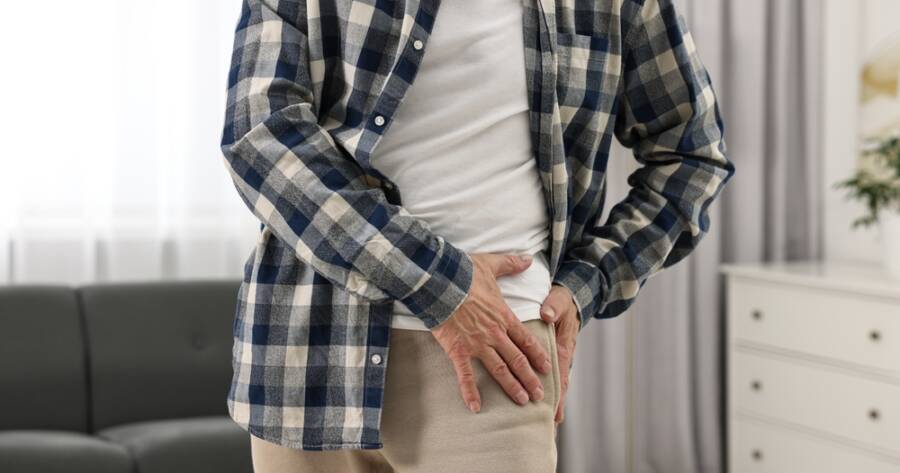Managing hip pain doesn’t always require surgery. Non-surgical treatments, such as physical therapy, medication, and lifestyle adjustments, can provide significant relief. Exploring these options can help you regain mobility and live a more comfortable, active life.
What Causes Hip Pain?
Hip pain is a common complaint that can affect individuals of all ages. It can be caused by a variety of factors.1 Some of these include:
- Osteoarthritis: This is the most common cause of hip pain, particularly in older adults. Osteoarthritis is a degenerative joint disease that occurs when the protective cartilage that cushions the ends of bones wears down over time.
- Hip injuries: Hip pain can also be caused by injuries, such as fractures, dislocations, and sprains. These injuries can occur during sports, accidents, or falls.
- Bursitis: Bursitis is inflammation of the fluid-filled sacs that cushion the joints. Hip bursitis can be caused by overuse, injury, or certain medical conditions.
- Tendonitis: Tendonitis is inflammation of the tendons, which are the tough cords that connect muscles to bones. Hip tendonitis can be caused by overuse, injury, or certain medical conditions.
- Other medical conditions: Hip pain can also be a symptom of other medical conditions, such as rheumatoid arthritis, gout, and infection.
Hip Pain Treatment Options
The treatment for hip pain depends on the underlying cause. Some common treatment options include:
- Lifestyle modifications: For mild hip pain, lifestyle modifications such as losing weight, exercising regularly, and avoiding activities that aggravate the pain may be helpful.
- Physical and occupational therapy: Physical and occupational therapy can help to improve flexibility, strength, and range of motion in the hip joint. This can help to reduce pain and improve function.
- Medications: Over-the-counter pain relievers, such as ibuprofen and acetaminophen, can help to relieve mild to moderate hip pain. Prescription pain relievers, such as opioids, may be necessary for more severe pain.
- Injections: Corticosteroid injections can help to reduce inflammation and pain in the hip joint. Hyaluronic acid injections can help to improve lubrication and cushioning in the joint.2
Hip Pain Relief Strategies
In addition to the treatment options listed above, there are a number of things individuals can do to help relieve hip pain, including:
- Rest: Resting the hip joint can help to reduce inflammation and pain. Avoid activities that aggravate the pain.
- Ice: Applying ice to the hip joint for 15-20 minutes at a time can help to reduce inflammation and pain.
- Heat: Applying heat to the hip joint for 15-20 minutes at a time can help to relax muscles and relieve pain.
- Massage: Massaging the hip muscles can help to improve circulation and reduce pain.
- Stretching: Stretching the hip muscles can help to improve flexibility and range of motion. This can help to reduce pain and improve function.
Learn More About Hip Pain
Finding effective treatments for hip pain without surgery can greatly enhance your quality of life and mobility. Non-surgical options like physical therapy, medications, and lifestyle changes offer promising results for many people.
If you’re seeking relief from hip pain, now is the time to explore these alternatives and take control of your health. Learn more today to discover how non-surgical treatments can help you live pain-free and active.
